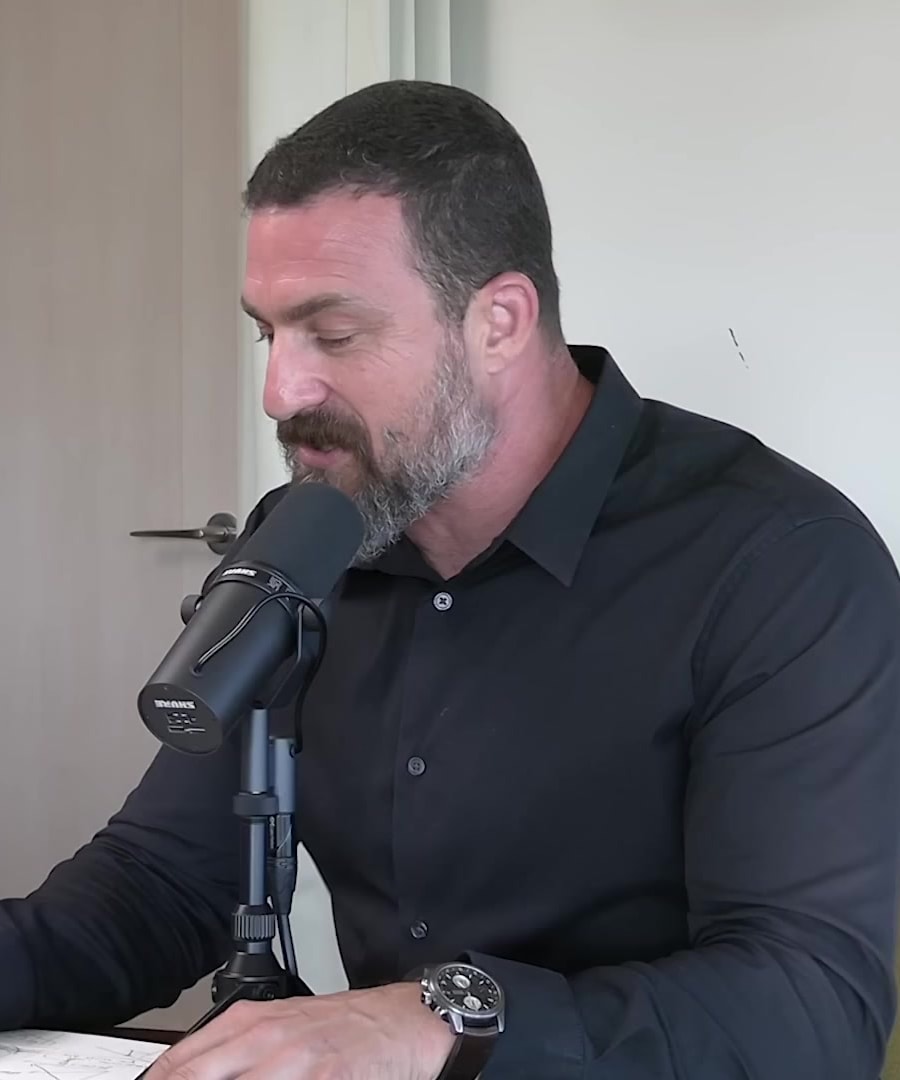What protocols are recommended for improving sleep?
Sources:
Several protocols have been recommended for improving sleep:
Behavioral Protocols and NSDR
- Non-Sleep Deep Rest (NSDR) protocols like hypnosis can help quiet the mind and enhance sleep. 1.
- Meditation and yoga nidra are forms of NSDR that can aid in calming the nervous system and can be used when waking in the middle of the night or during the day 1.
Technology and Apps
- The Revery app for sleep hypnosis is mentioned as a tool that can aid sleep without relying on supplements 2.
- Timeshifter app is suggested for managing jet lag and sleep disturbances due to travel 3.
Adjusting Sleep Environment
- Elevating the head of the bed can help those with acid reflux sleep better 3.
- Maintaining a bedroom solely for sleep and sex can help reduce insomnia and improve overall sleep quality 3.
Cognitive Behavioral Therapy (CBT)
- Cognitive Behavioral Therapy (CBT) for sleep focuses on improving sleep hygiene and is recommended over pharmacological approaches 4.
Myofunctional Therapy
- Myofunctional therapy, which involves tongue exercises, can help address issues with breathing and REM sleep 3.
Hydration Before Sleep
- Limiting fluid intake 3 hours before sleep and sipping water as needed is recommended to prevent waking up at night to use the bathroom 5.
Temperature Regulation
- Warm baths and cooler sleeping environments align with the body's circadian temperature changes and promote better sleep 4.
General Tips
- Regular bedtime and wake-up times, avoiding screens before bedtime, and relaxation techniques are general pointers to enhance sleep 4.
These recommendations are based on the combination of behavioral modifications, technology, and simple lifestyle changes. Always consult healthcare professionals for personalized advice.
RELATED QUESTIONSExplain how myofunctional therapy can improve sleep.
Sources:
Myofunctional therapy involves exercises for the tongue, potentially improving sleep, particularly REM sleep. This therapy is designed to strengthen the tongue so it does not fall back and obstruct the airway during sleep, reducing the incidence of sleep disturbances and the likelihood of waking up at night. It may take at least six weeks before notable improvements are observed. While specific exercise protocols for myofunctional therapy vary and require dedication to be effective, it has been demonstrated to significantly help with sleep issues, including insomnia 1.
RELATED QUESTIONSCan you provide a more detailed explanation of how myofunctional therapy improves sleep?
Sources:
Myofunctional therapy involves exercises that strengthen the muscles of the tongue and upper throat. Through consistent practice, myofunctional therapy aims to train the tongue to rest in the correct position and prevent it from blocking the airway during sleep. This can help alleviate snoring and sleep apnea symptoms that are often associated with the tongue falling back into the throat and obstructing the airway. A stronger tongue muscle is less likely to relax and encroach on the airway, thereby improving airflow and reducing sleep disturbances.
These exercises are part of a protocol that's usually performed multiple times throughout the day. The benefits of myofunctional therapy, such as improvement in REM sleep, typically become apparent after about six weeks of consistent practice. It is essential to follow the exact protocols and exercises designed for this therapy, which can be found through resources or healthcare providers experienced in myofunctional therapy. Not only can it help with sleep, but it might also address insomnia and issues like difficulty in falling asleep due to snoring or obstructed breathing during sleep 1.
As the therapy addresses structural and functional aspects of the oral and pharyngeal muscles, its ultimate effect is to enhance the stability and patency of the upper airway during sleep 2. Therefore, myofunctional therapy could contribute to more restful sleep and better overall sleep quality, though specific improvements depend on individual conditions and adherence to the therapy regimen.
RELATED QUESTIONSWhat specific exercises are involved in myofunctional therapy?
Sources:
The search did not return relevant results to provide specifics on the exercises involved in myofunctional therapy. Thus, I am unable to provide detailed exercises from the Huberman Lab's data. It is important to note that myofunctional therapy usually consists of exercises tailored to the individual's needs and should be prescribed by a certified health professional familiar with the technique. Typically, a myofunctional therapist would assess the individual's orofacial structures and functions and would then design a program of exercises to target specific muscles and behaviors. These exercises often include movements and practices geared toward improving tongue placement, breathing, swallowing, and chewing functions.
If you are looking for specific myofunctional therapy exercises, it would be best to consult a certified myofunctional therapist who can provide a personalized set of exercises based on an individual evaluation.
RELATED QUESTIONS
What protocols are recommended for improving sleep?
- RELATED QUESTIONS
Explain how myofunctional therapy can improve sleep.
- RELATED QUESTIONS
Can you provide a more detailed explanation of how myofunctional therapy improves sleep?
- RELATED QUESTIONS
What specific exercises are involved in myofunctional therapy?
- RELATED QUESTIONS





